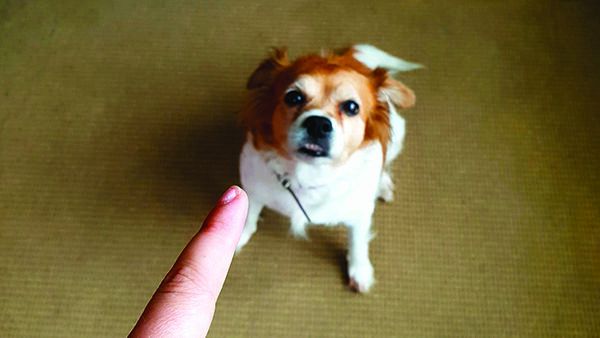Most dogs don’t want to bite or fight. The behaviors that signal pending aggression are intended first and foremost to warn away a threat. The dog who doesn’t want to bite or fight tries his hardest to make you go away. He may begin with subtle signs of discomfort that are often overlooked by many humans – tension in body movements, a stiffly wagging tail.
“Please,” he says gently, “I don’t want you to be here.”
If you continue to invade his comfort zone, his threats may intensify, with more tension, a hard stare, and a low growl. “I mean it,” he says more firmly, “I want you to leave.”
If those are ignored, he may become more insistent, with an air snap, a bump of the nose, or even open mouth contact that closes gently on an arm but doesn’t break skin. “Please,” he says, “don’t make me bite you.”
If that doesn’t succeed in convincing you to leave, the dog may feel compelled to bite hard enough to break skin in his efforts to protect self, territory, members of his social group, or other valuable resources.
To understand why your dog is growling, and for practical advice on modifying this behavior, download Growling – Understanding Your Dog’s Language today.






